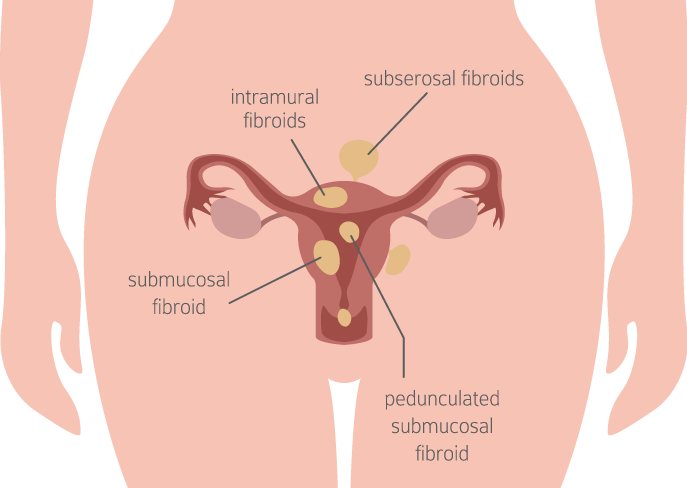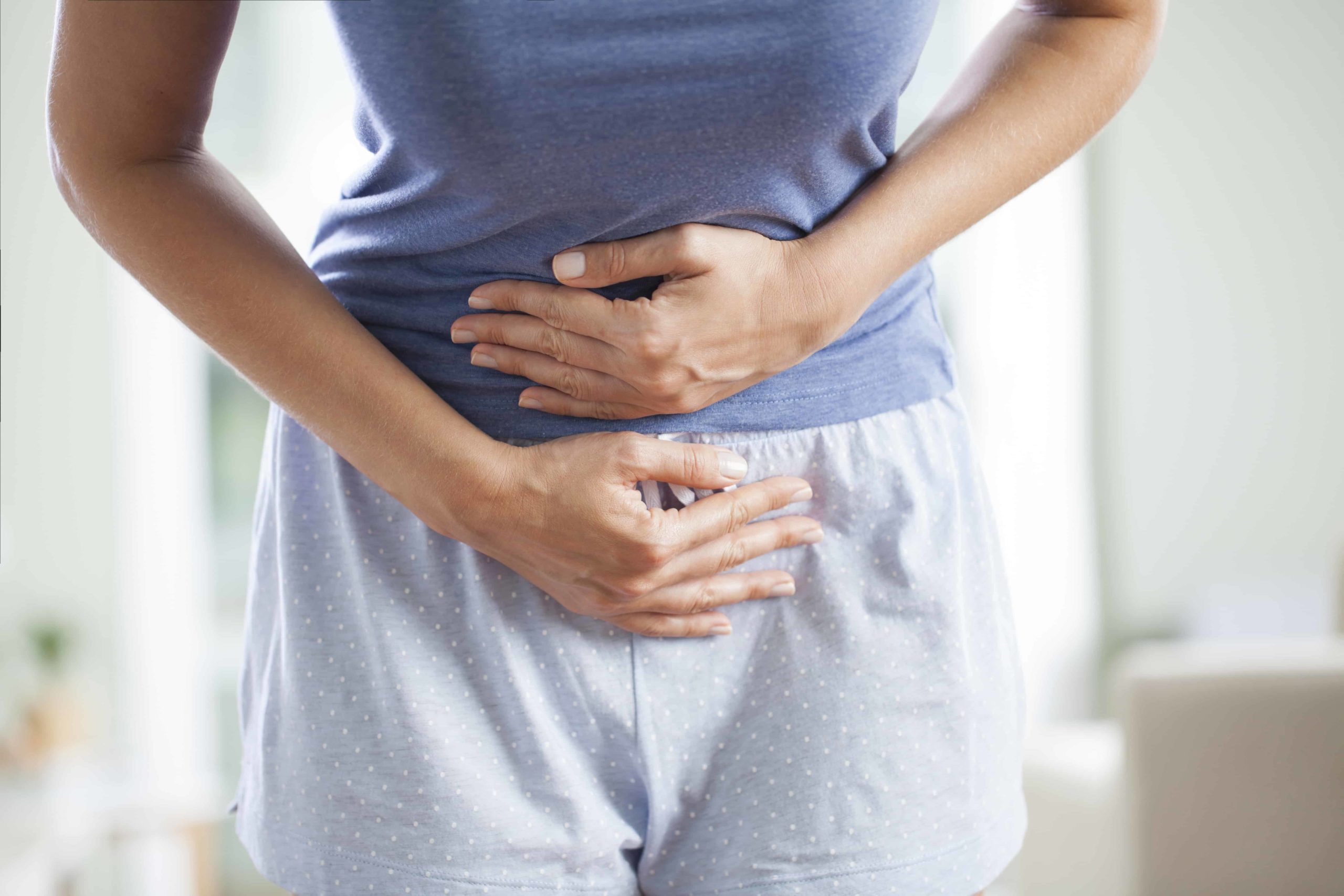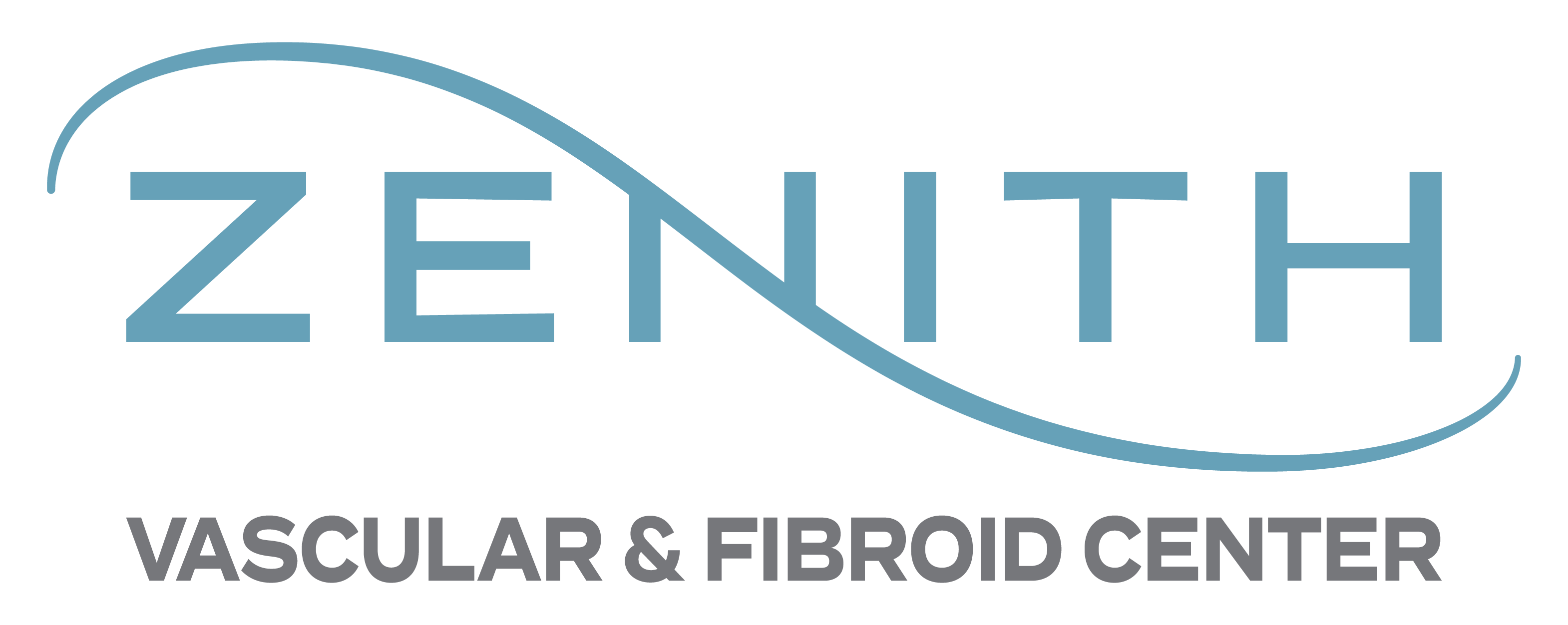Leiomyomas
Uterine Fibroids
Fibroids can be a severe detriment to your life. If you’re visiting us, you’re probably experiencing the symptoms of fibroids and are interested in learning more about how they can be treated. You’re not alone – up to 80% of women will develop uterine fibroids before they reach the age of 50!
What types of uterine fibroids are there?
Four types of uterine fibroids may form in the uterus: intramural, pedunculated, submucosal, and subserosal fibroids. Women can develop one or more types of fibroids at any time. Each type may cause different symptoms.

Intramural Fibroids
Intramural fibroids are the most common fibroids found in the uterus. These fibroids grow in the uterine wall and can grow to very large sizes if left untreated. Some women have many intramural fibroids growing in the same region. Pelvic or lower back pain and abnormal bleeding may result from this fibroid type.
Pedunculated Fibroids
Pedunculated fibroids grow from stem-like structures (called peduncles) on the wall of the uterus or inside the cavity of the uterus. Quick movements may cause the peduncle to twist and cut blood flow, resulting in intense pain.
Submucosal Fibroids
Submucosal fibroids, the rarest type of fibroid, form under the uterine lining where they may crowd the uterine cavity. This type of fibroid may cause excessive bleeding and other significant complications.
Subserosal Fibroids

Can fibroids become cancerous?
Uterine fibroids are almost always benign, or non-cancerous. Current understanding by the medical community is that utrerine fibroids do not become cancerous, or turn from benign to cancerous if they are not treated. Therefore, having these benign fibroids does not increase the risk of developing uterine cancer.
The Risk

Take our short Uterine Fibroid Quiz
Not sure what your next step should be? Take our short quiz designed to help you assess your symptoms and guide you towards appropriate treatment options. Our goal is to empower you with knowledge and support as you navigate through your healthcare journey.

Find out if you are a candidate for uterine fibroid embolization by scheduling your consultation with Dr. Zeni and Zenith Vascular & Fibroid Center today.
